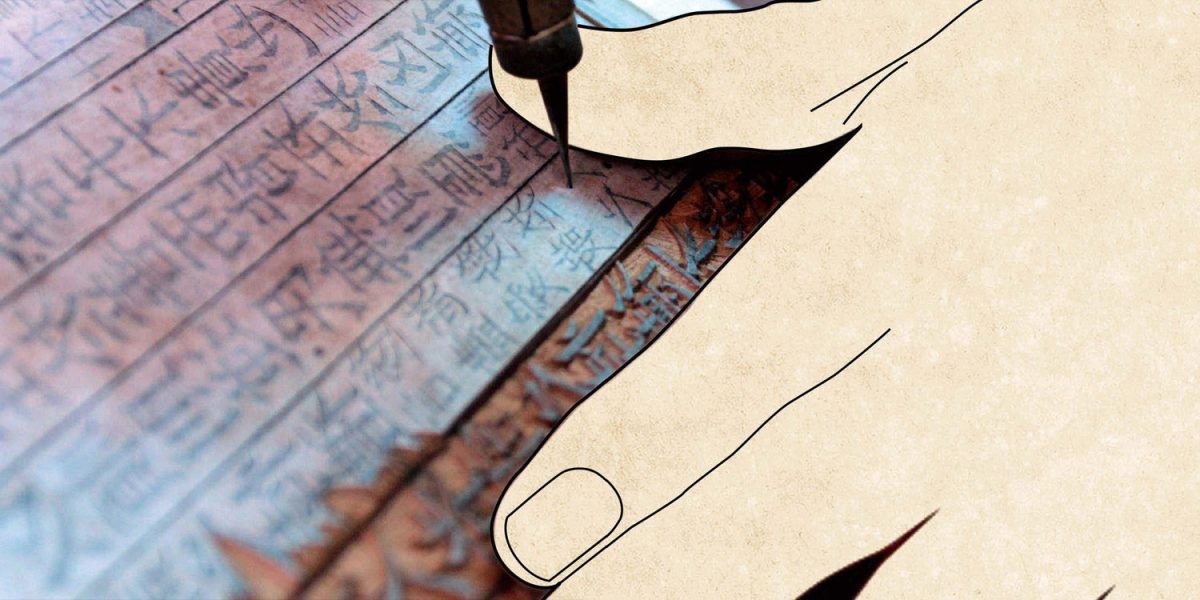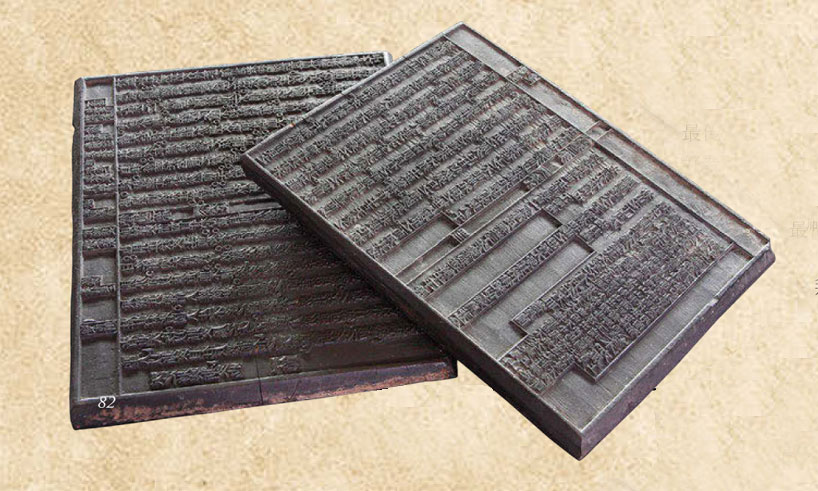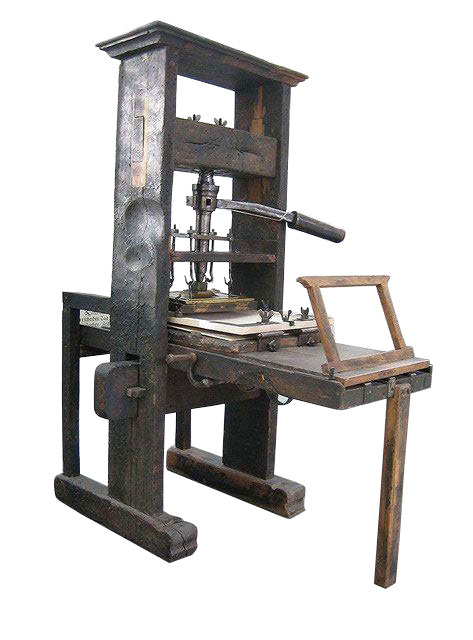

Woodblock Printing: Living fossil in the history of printing
As one of the four great inventions in China, woodblock printing is the earliest printing in the world. It has long been a disputable issue when it comes the time when it was invented. Most experts argued that it could be traced back to the Sui and Tang Dynasties between 590 and 640 A.D. and was greatly connected with the prosperity of Buddhism in China.
Semilunar graver is moving and reversed Chinese characters are neatly shown on the woodblock and wherever the graver goes, the matrix is enlarging. An experienced craftsman of China Ancient Papermaking and Printing Culture Village is showcasing the working process of woodblock printing and heavily surrounded by visiting students. The art of printing with a history of over a thousand years is well persisted into today along Fuchunjiang River 30km away from Hangzhou.

As one of the four great inventions in China, woodblock printing is the earliest printing in the world. It has long been a disputable issue when it comes the time when it was invented. Most experts argued that it could be traced back to the Sui and Tang Dynasties between 590 and 640 A.D. and was greatly connected with the prosperity of Buddhism in China. Back then, every temple had full-time classics copyists. Although they copied all day long, they still couldn’t accommodate people’s demand for classics and portraits. And when woodblock was made available, it can be printed for thousands of times in a row and one printer can produce more than 700 sheets every day. Such a volume production method was highly favored by people very soon as it saved labor power, reduced cost and ensured quality.

In the 1st year of the 20th century, a piece of world-shaking news emerged – the sutra cave in Mogao Grottoes at Dunhuang was unearthed. Among numerous cultural relics, there is a volume of Diamond Sutra bonded by seven pieces of paper, which, born in 868 A.D., was regarded as not only the most ancient and exquisite existing sutra in the world, but also the earliest woodblock printing with explicit date record. The figure of Buddhas and scriptures on the sutra are still vivid and dynamic and every ink mark talks about the legend of woodblock printing more than a thousand years ago.

Simply put, woodblock printing is a process of copying text on woodblock which is engraved with content. To begin with, characters and images needed shall be written according to specific size and then reversely pasted on the planed woodblock to engrave reversed content, making vacant woodblock the block full of wisdom. Second, senior carver will refine it with unique artistic characters. Third, the craftsman puts Chinese art paper on woodblock which is pasted with ink and prints with brush. This process appears simple and rapid, but as thing stands, it affords no underestimation. The force of printing with brush shall not be too heavy or light and various techniques shall be applied to bring out the essence of the original work. For instance, the technique of “brushing lightly” is used to display the sensory of brush pen on Chinese art paper so that presswork is blessed with the beauty of shade of manuscript and the speed and romantic charm of writing. Finally, when raising the paper, poetic prose and portrait become readable works and can be circulated nationwide.
Woodblock printing developed greatly after practice in the Sui and Tang Dynasties. When it comes to the Song Dynasty, people paid attention to various aspects including content collation, paper and ink, set type, binding and layout and the typefaces of famous calligraphers were used in printing, contributing to the statement that woodblock printing is “refined by people in the Song Dynasty” in the history of printing in China. In the Ming and Qing Dynasties, people collected printing of the Song Dynasty and analogized that “one page of printing of the Song Dynasty is priced at one tael of gold”. And until today, it’s still attached with whopping high price. At the just-concluded 2012 Beijing Spring Auction, a lot called for RMB 50 million yuan in earnest money, hitting a historical high in domestic artwork auction. What is the precious lot? Five hundred ancient books with dozens Splendid Valley of Flowers of the Song Dynasty.

The great prosperity of woodblock printing in the Song Dynasty cultivated the large picture of engraving and reading books from emperors, generals and ministers to plain citizens. Typography also emerged on the horizon during this period. Although woodblock printing isn’t as convenient as typography in terms of manual work, materials and flexibility, its extremely lower error rate, wider space for typeface maneuver and flexible expression of graphs and lines are truly exclusive and particular. As such, woodblock printing has been popular in the subsequent hundreds of years and well persisted into modern times.
In the west, alphabetic writing is more suitable for movable-type printing than Chinese characters, and therefore typography brought out its best immediately. In particular, lead movable type and printing machine invented by a German called Johannes Gutenberg in 1450 made mechanized printing a bright pearl in the industrialization in the west. As time goes by, China’s printing industry has also made innovation and been away from woodblock printing, the millennium old technique.

On May 20, 2006, woodblock printing technique was added to the list of the first batch of state-level intangible cultural heritage. And on September 30, 2009, the United Nations Education, Science and Culture Organization officially included woodblock printing into Representative List of the Intangible Cultural Heritage of Humanity.
Today when advanced technologies and concepts keep emerging such as electronic phototypesetting technology and digital printing, minor woodblock printing still maintains its vigor and vitality and is dubbed as the “living fossil” in the history of printing. In Hangzhou and Yangzhou, many craftsmen still employ the most traditional technique to produce books, attracting the attention of many fans to purchase. “I like the book printed with traditional methods as it provides a special sense of beauty. I hope my students can have more access to this traditional culture.” Teacher Zhang said. He takes students to visit the Culture Village. He also learned from the masters that a dozen youngsters are now studying the technique here, a source of delight for him.
 Published in Confucius Institute Magazine
Published in Confucius Institute MagazineMagazine 22. Volume 5. September 2012.
View/Download the print issue in PDF
























No hay comentarios:
Publicar un comentario